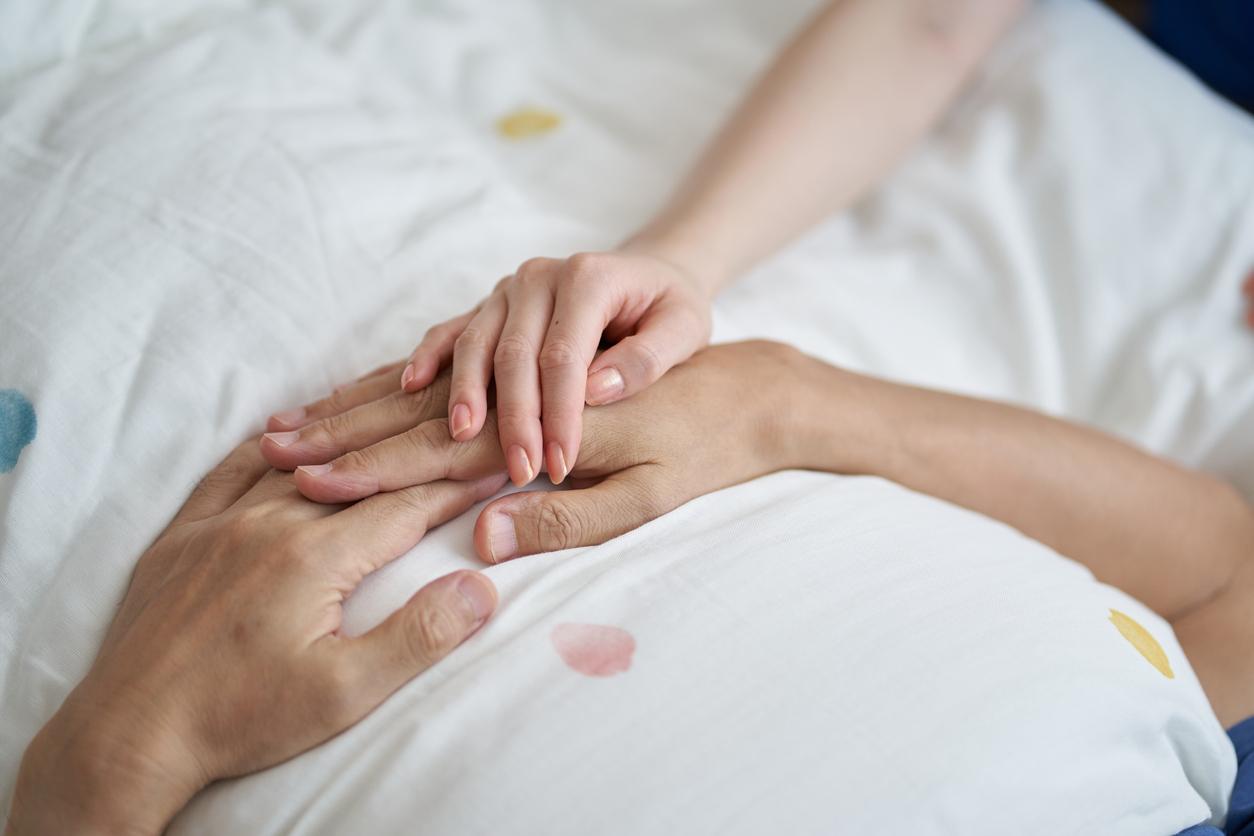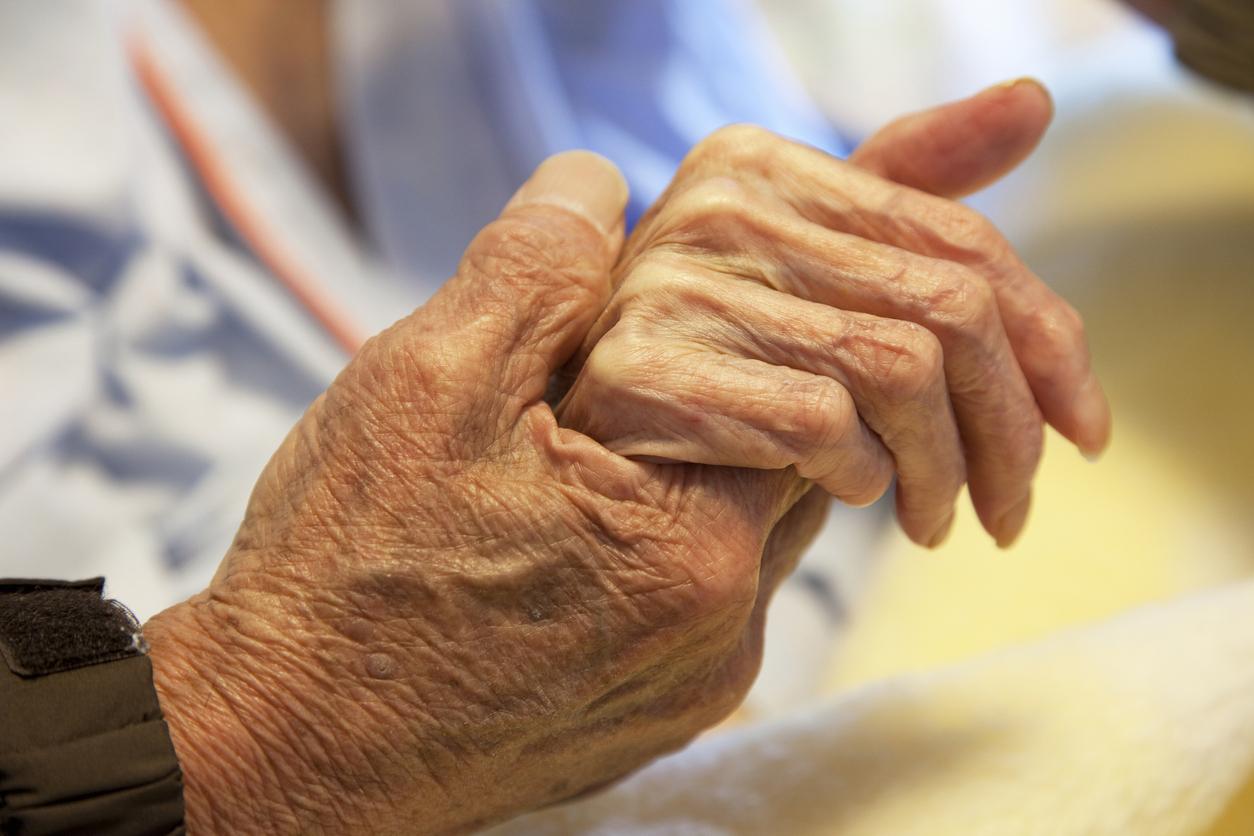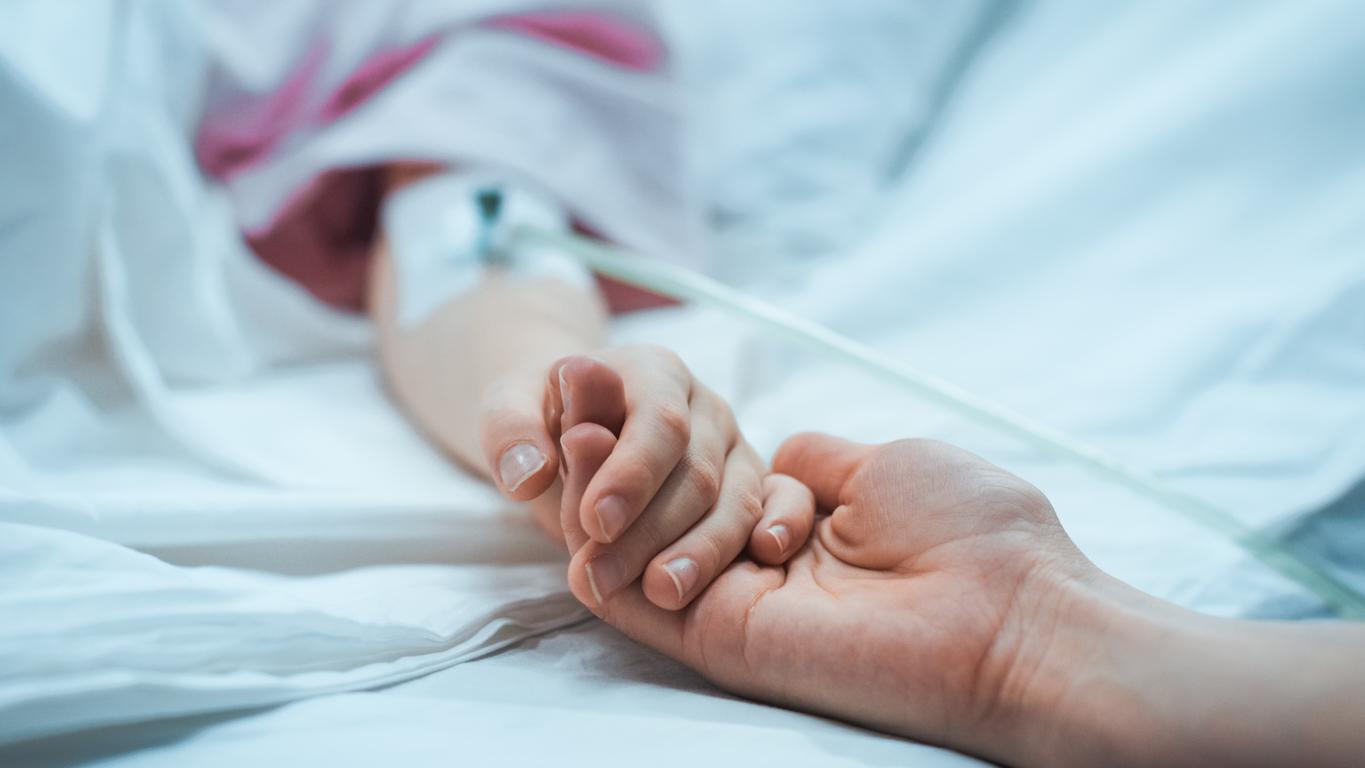300,000 French people at the end of their life who should benefit from palliative support are deprived of it. The first report from the End of Life Observatory offers solutions.

Two thirds of people who die should receive palliative care. Today’s needs are clearly identified but on the other hand far from being satisfied. It is this gap that the National End of Life Observatory has just highlighted. Clearly, more than 300,000 people should be entitled to supportive care. And unsurprisingly, we are far from the account … The 105 or so palliative care units, 4,913 beds, and 362 mobile teams may seem derisory. Of course, they are not, but they are no match for it. In hospitals, for example, in acute care, half of those who should have access to palliative care actually do. In emergencies, it is worse: 64% of people who die would require palliative care and only 7.5% benefit from it.
This first report from the National End of Life Observatory has the merit of taking a precise picture of the road that remains to be covered. But, not just from a quantitative point of view. Because providing the 300,000 people who need it with palliative care does not only mean increasing the number of mobile teams or palliative care units. It is also better to disseminate the culture of palliative care among all caregivers. And there too, the bet is not won. “The figures tend to show that half of patients hospitalized for palliative care are admitted late, just before their death,” say the authors of the report. However, palliative care does not aim to support only the terminal phase of the disease: it is more and more often implemented upstream, to provide pain relief, to provide a response to the symptoms. And this for the greater good of the patients. A study published in the New England Journal of Medicine at the end of 2011 showed that starting palliative care early improved the condition of patients with end-stage lung cancer. “Oncologists must accept the possibility that our patients can be better off if we do not try to do everything ourselves”, concluded the author of this study, also oncologist …
But to convince doctors, they still need to be trained in end-of-life support. And this is also where the shoe pinches, says the Observatory. At the hospital, since 2005, when the Leonetti law was passed, only 10% of nurses have been trained. Among liberal physicians, the most demanding are general practitioners but in 2009, for example, only 2.6% of them had followed a training session on end-of-life support. Obviously, the Leonetti law is struggling to pass.
Emmanuel Hirsch, responsible for the ethics space of the APHP: “This law is complex. It is normal that its application is not done with a wave of a magic wand. “
In the general public, the lack of information on this law is also glaring. According to an OpinionWay 2011 poll, 68% of French people are still unaware that a law prohibits relentless therapy. Changing mentalities obviously takes time. But, according to Emmanuel Hirsch, caregivers are increasingly appropriating this law. And there are more and more training requests.
Emmanuel Hirsch : “The rationing of hospital care is a brake on the distribution of care based on listening and end-of-life support”.
Last misconception challenged in this report: we are not dying more and more in the hospital. France is not a model in this area with its 58% of hospital deaths, but in twenty years, this rate has not even changed by 1%.
.















